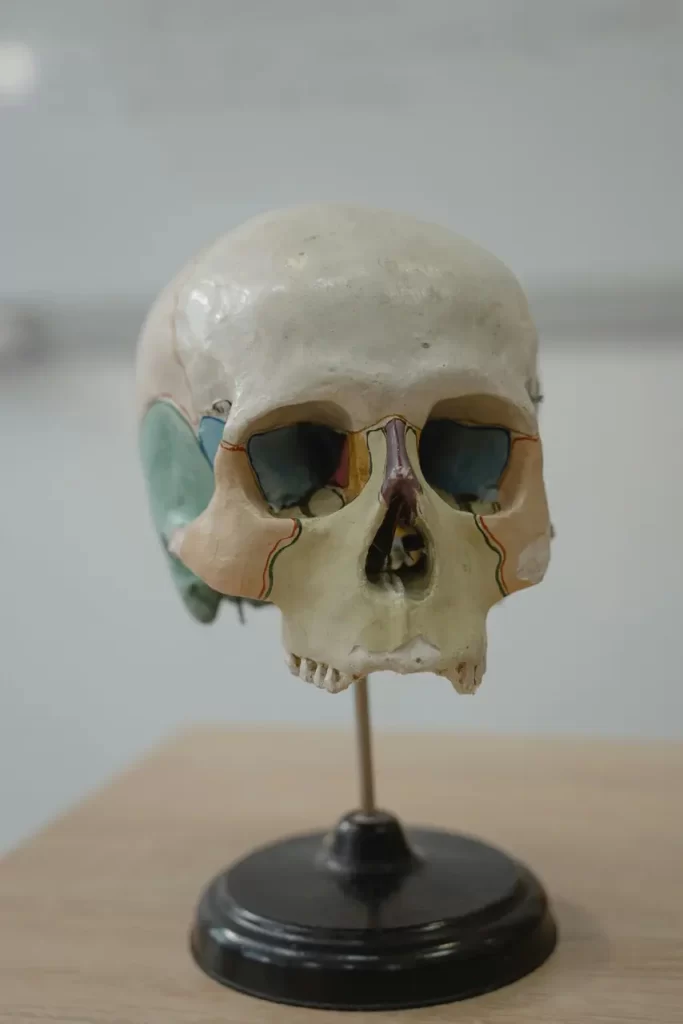Brain surgery, also known as neurosurgery, has undergone significant advancements in recent decades, propelled by technological innovations and interdisciplinary collaboration. The use of advanced imaging techniques, precision instruments, and minimally invasive approaches has revolutionized the field of neurosurgery, enabling safer, more precise, and effective treatment of various neurological conditions. This comprehensive analysis explores the different technologies used during brain surgery and how they have evolved over the years, shaping the landscape of modern neurosurgical practice and improving patient outcomes.
**Advancements In Imaging Technologies**
1. *Magnetic Resonance Imaging (MRI):*
MRI has become a cornerstone imaging modality in neurosurgery, providing detailed anatomical and functional information about the brain and surrounding structures. High-resolution MRI scans enable neurosurgeons to visualize tumor boundaries, vascular structures, and eloquent brain regions with unprecedented clarity, facilitating preoperative planning, tumor resection, and navigation during surgery.
2. *Computed Tomography (CT):*
CT imaging plays a crucial role in neurosurgical planning and intraoperative guidance, providing three-dimensional visualization of the brain and skull. CT scans offer rapid acquisition, excellent bone detail, and superior spatial resolution, allowing neurosurgeons to assess skull anatomy, detect intracranial pathology, and plan surgical approaches with precision.
3. *Functional Neuroimaging:*
Functional neuroimaging techniques, such as functional MRI (fMRI), positron emission tomography (PET), and magnetoencephalography (MEG), provide insights into brain function and connectivity, guiding surgical decision-making in patients with brain tumors, epilepsy, and movement disorders. Functional neuroimaging maps eloquent brain areas, such as language and motor cortex, helping neurosurgeons preserve critical functions during tumor resection and epilepsy surgery.
**Advancements In Surgical Navigation**
1. *Stereotactic Navigation Systems:*
Stereotactic navigation systems use preoperative imaging data to create three-dimensional maps of the brain, allowing neurosurgeons to precisely localize and target intracranial lesions. Stereotactic navigation facilitates accurate trajectory planning, minimizes surgical incisions, and improves tumor resection rates while minimizing damage to surrounding healthy tissue.
2. *Intraoperative MRI (iMRI):*
Intraoperative MRI enables real-time imaging during brain surgery, providing immediate feedback to neurosurgeons and enhancing intraoperative decision-making. iMRI systems integrated into the operating room allow for on-the-fly adjustments to surgical plans, ensuring maximal tumor removal while minimizing the risk of neurological injury.
3. *Image-Guided Surgery (IGS):*
Image-guided surgery combines preoperative imaging data with intraoperative navigation systems, enabling neurosurgeons to visualize the surgical field in real time and navigate complex anatomical structures with precision. IGS technologies facilitate accurate localization of tumors, intracranial hemorrhages, and vascular lesions, enhancing safety and efficacy in brain surgery.
**Advancements In Surgical Techniques**
1. *Minimally Invasive Surgery:*
Minimally invasive techniques, such as endoscopic surgery, keyhole surgery, and robotic-assisted surgery, have revolutionized neurosurgical practice, offering reduced surgical trauma, shorter recovery times, and improved cosmetic outcomes. Minimally invasive approaches enable neurosurgeons to access deep-seated lesions through smaller incisions, minimizing disruption to normal brain tissue and reducing postoperative complications.
2. *Laser Interstitial Thermal Therapy (LITT):*
Laser interstitial thermal therapy utilizes laser energy to ablate intracranial lesions, such as tumors and epileptogenic foci, with pinpoint accuracy and minimal collateral damage. LITT offers a minimally invasive alternative to traditional open surgery, allowing for precise tumor destruction while preserving surrounding brain tissue and critical structures.
3. *Awake Brain Surgery:*
Awake brain surgery, also known as awake craniotomy, allows neurosurgeons to perform intricate procedures while the patient is awake and responsive, enabling intraoperative mapping of functional brain areas and minimizing the risk of neurological deficits. Awake brain surgery is particularly beneficial for tumors located near eloquent brain regions, such as language and motor cortex, allowing for maximal tumor resection while preserving essential functions.
**Impact Of Technological Advancements**
1. *Improved Surgical Outcomes:*
Technological advancements in brain surgery have led to improved surgical outcomes, including higher tumor resection rates, reduced complication rates, and improved patient survival. Advanced imaging techniques, surgical navigation systems, and minimally invasive approaches enhance the precision and safety of neurosurgical procedures, leading to better clinical outcomes and quality of life for patients.
2. *Enhanced Patient Safety:*
The integration of advanced imaging and navigation technologies into neurosurgical practice has enhanced patient safety by reducing the risk of surgical complications, minimizing intraoperative errors, and optimizing surgical decision-making. Real-time imaging feedback, intraoperative navigation, and functional brain mapping techniques enable neurosurgeons to navigate complex surgical scenarios with confidence and precision, ensuring optimal patient outcomes.
3. *Expanded Treatment Options:*
Technological advancements in brain surgery have expanded treatment options for patients with a wide range of neurological conditions, including brain tumors, epilepsy, movement disorders, and vascular malformations. Minimally invasive techniques, intraoperative imaging, and targeted therapies offer personalized treatment approaches tailored to individual patient needs, improving therapeutic efficacy and minimizing treatment-related morbidity.
**Conclusion**
In conclusion, the evolution of technologies in brain surgery has transformed the field of neurosurgery, enabling safer, more precise, and effective treatment of various neurological conditions. Advancements in imaging technologies, surgical navigation systems, and minimally invasive techniques have revolutionized neurosurgical practice, enhancing surgical outcomes, patient safety, and treatment options. As technology continues to advance, the future of brain surgery holds promise for further innovation, interdisciplinary collaboration, and improved patient care, ultimately shaping the landscape of modern neurosurgical practice and benefiting patients worldwide.
Thank you for taking the time to explore Kingwood Memory Care & Assisted Living. We’re committed to providing compassionate and personalized care for individuals with memory-related challenges. If you have any questions or would like to learn more about our services, please don’t hesitate to reach out to us at 281.892.1400 or via email at info@kingwoodmemorycare.com. We’re here to support you and your loved ones on this journey.





